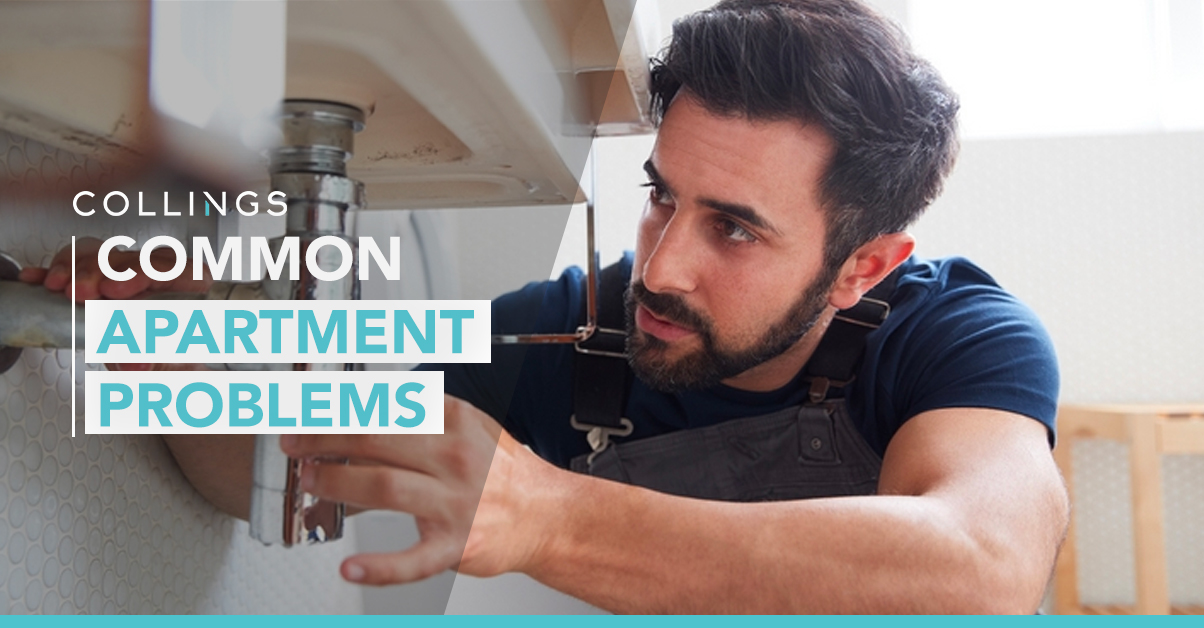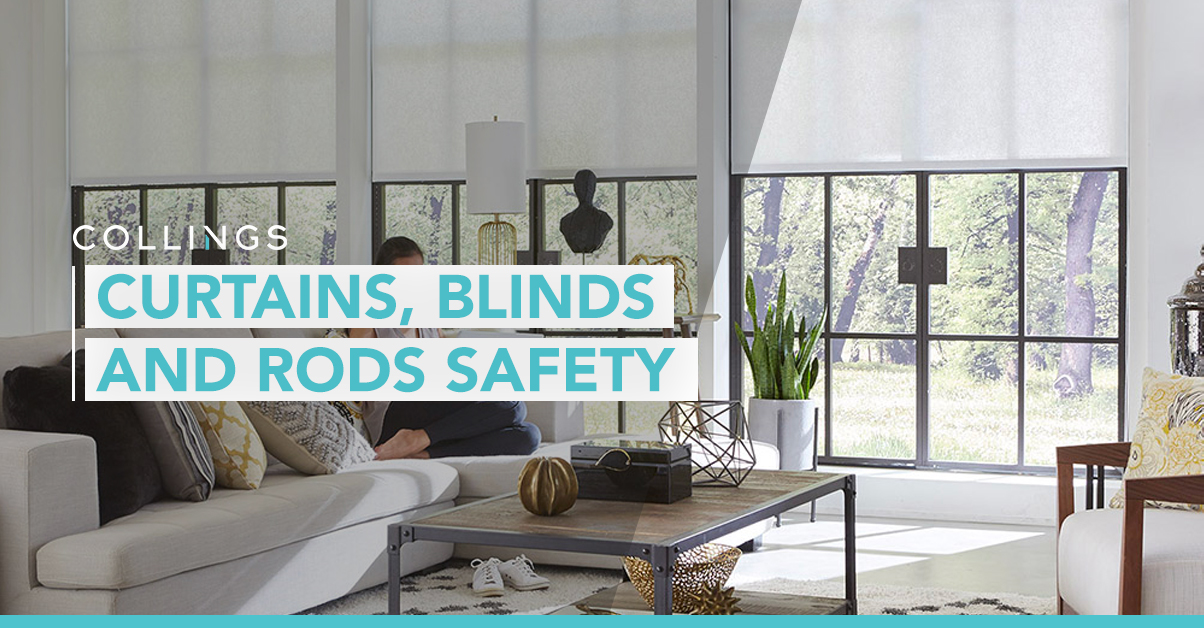
Investing in rental property presents great return on investment, however, it does come with great responsibilities as well. Addressing fair wear and tear is one of the costs of owning a rental property.

What is fair wear and tear?
Although it may be mentioned a couple of times in lease agreements, wear and tear on rental properties is one topic that confuses both renters and rental providers. The definition of fair wear and tear depends on the length of tenancy. But in general it includes the following:
- Broken windows caused by natural forces
- Worn out flooring especially in high-traffic areas
- Discoloured curtains
- Faded, chipped and/or cracked layer of paint
- Light wall scratches and scuff marks
- Worn-out counter and bench tops
- Loosed taps, faucets and toilet seats
All these are caused by the day-to-day activities of the tenants. It is expected that as the property gets older, it gets more prone to wear and tear. Hence, investors or landlords cannot expect that the property will still be in stark condition at the end of a tenancy.

What is classified as damage?
Now that we’ve identified the possible conditions of fair wear and tear, we need to draw the line between it and damage. The answer to this question will help you identify whether the condition is a product of wear and tear or damage: Is this something likely to happen over time?
Physical damage is easier to spot but it can also be characterised by loss of function. There are 3 identifiers to a damage, they are:
- Accidental
- Malicious
- Intentional
Remember that damage can be caused even by “good” tenants as accidents can happen to anyone. It can also be deemed as damage when the tenant refused to report the issue.

How to approach wear and tear?
Scheduled regular inspections is one of the best practices of property management that serves the best interest of both landlords and tenants. By doing routine inspections, minimal problems could be addressed before they balloon into much bigger problems down the line. If you are a landlord, depending on your arrangement, you should get regular condition reports from your property managers. This report is signed by the tenant to ensure that what’s reported are correct. Oftentimes, this report is supplemented by photos and videos.
As a landlord, it is also your responsibility to acquire the appropriate insurance for your assets.
Other apartment-related blogs:







